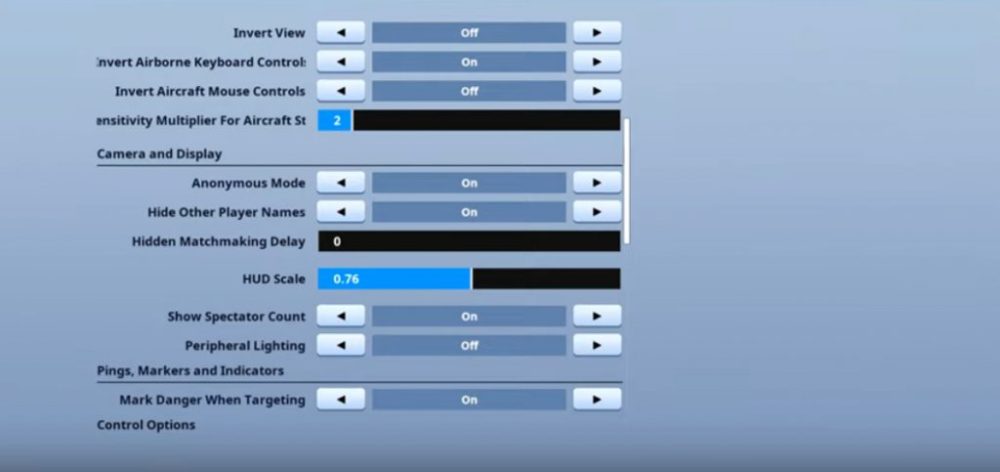You will find the motion blur settings at the composition level in the advanced tab of your composition settings. To apply motion blur for a layer in After Effects, simply do the following. Jan 15, 2019 Directions on How to Apply the Motion Blur Effect in After Effects You will find the motion blur settings at the composition level in the advanced tab of your composition settings. To apply motion blur for a layer in After Effects, simply do the following: In the Timeline panel, click the Motion Blur switch for the layer. As you know when an object moves very fast and is seen through a camera with certain settings, we get a motion blur effect on the moving objects. Motion blur depends upon several factors like light intensity, as well as a camera's shutter speed and aperture settings. So let’s see how we can generate a realistic motion blur effect on a moving. Simply speaking, cinematic motion blur exposes the image 50% of the time, so if you want your camera (or After Effects, or other animation program) to create a blur that looks filmic, you must choose a shutter speed that is (depending on how you measure it) 180 degrees, or 50% of frame rate.
- Animation Motion Blur
- How To Change Motion Blur Settings After Effects
- Motion Blur Settings After Effects
Note: This excerpt does not include the lesson files. The lesson files are available with purchase of the book.
Getting started
Animation Motion Blur
This lesson picks up where the previous lesson left off. In Lesson 11, “Building 3D Objects,” you created the first half of an animation promoting a book. So far, a 3D representation of the book and 3D text are positioned in 3D space. In this lesson, you will complete the project by adding lights, effects, reflections, and other elements to the composition. In doing so, you’ll learn how to use additional 3D features available in Adobe After Effects.

How To Change Motion Blur Settings After Effects
Begin with the Lesson12_Start.aep project file provided with this book, or, if you completed Lesson 11, you can use the project file that you saved at the end of that lesson. The two files should be equivalent.
Motion Blur Settings After Effects
- Make sure the following files are in the AECS5_CIB/Lessons/Lesson12 folder on your hard disk, or copy them from the Adobe After Effects CS5 Classroom in a Book DVD now:
- In the Assets folder: AEBack.jpg, AEFront.jpg, AESpine.jpg, brush.psd
- In the Sample_Movie folder: Lesson12.mov
- In the Start_Project folder: Lesson12_Start.aep
Open and play the Lesson12.mov file to see what you will create in this lesson. When you are done, quit QuickTime Player. You may delete this sample movie from your hard disk if you have limited storage space.
When you begin this lesson, restore the default application settings for After Effects. See “Restoring default preferences” on page 3.
- Press Ctrl+Alt+Shift (Windows) or Command+Option+Shift (Mac OS) while starting After Effects. When asked whether you want to delete your preferences file, click OK. Click Close to close the Welcome screen.
- Choose File > Open Project.
- Do one of the following:
- Navigate to the AECS5_CIB/Lessons/Lesson12/Start_Project folder, select the Lesson12_Start.aep file, and click Open.
- Navigate to the AECS5_CIB/Lessons/Lesson11/Finished_Project folder, select the Lesson11_Finished.aep file, and click Open.
- Choose File > Import > File, and then navigate to the AECS5_CIB/Lessons/Lesson12/Assets folder.
- Select the brush.psd file, and click Open.
- In the Brush.psd dialog box, select Footage from the Import Kind menu, select Merged Layers, and click OK.
- Choose File > Save As.
- Navigate to the AECS5_CIB/Lessons/Lesson12/Finished_Project folder on your hard disk. Name the project Lesson12_Finished.aep, and then click Save.
